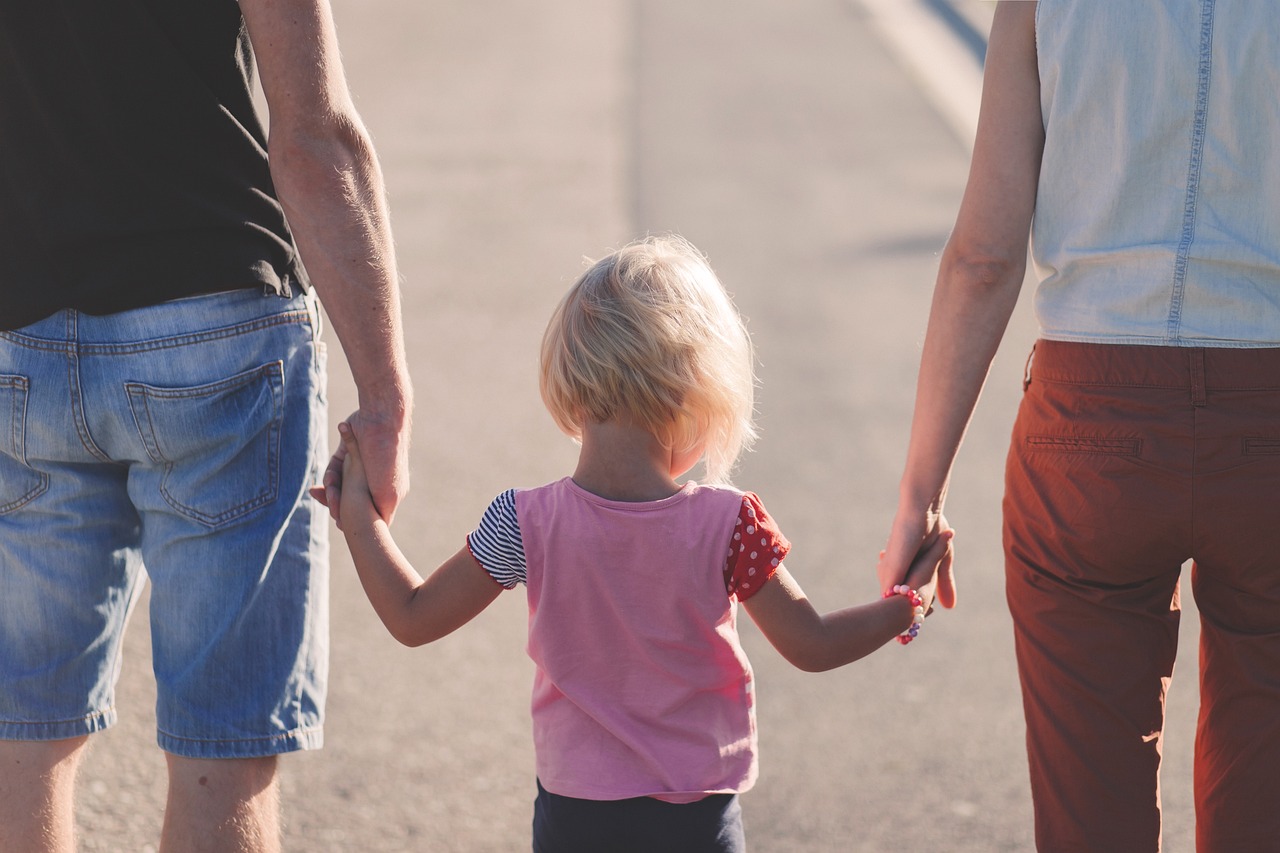“Too often, we forget that discipline really means to teach, not to punish.” ` Daniel J. Siegel
The term “discipline” is often so misunderstood that it is linked with punishment and misbehavior. But, in its true essence, discipline is fostering self-control and personal growth.
Children learn through exploration, relying on parents and caregivers for safety. As parents, we must teach them proper behavior, set boundaries, and enforce consequences for misbehavior. Exploration fosters growth, but boundaries provide structure and safety. As caregivers, parents play a crucial role in balancing freedom and guidance for children’s development.
While there’s no formula to make children learn discipline, parents can adopt the well-known approach of positive discipline for dealing with misbehavior. It acknowledges that each child is unique. It focuses on teaching rather than punishment. Strategies include setting clear expectations, offering praise, and using logical consequences. It aims to empower children to make good choices and develop self-control and responsibility.
Let’s dig deeper into positive discipline.
Positive Parenting Solutions – What Is Positive Discipline?
It is a key aspect of positive parenting that focuses on guiding children toward desired behaviors. It focuses on what children should do rather than what they shouldn’t. However, the strategies vary based on each child’s age and development.
Positive discipline for toddlers aged between two to three, concrete examples and physical assistance, like helping them put away toys, are effective. For four-year old kids, verbal explanations and reminders work better.
Positive discipline aims to teach and guide children, promoting a respectful parent-child relationship while promoting their social, emotional, and cognitive development.
When it comes to positive discipline, it focuses on teaching desired behaviors instead of punishment. It starts by identifying the immediate problem and setting long-term goals. For instance, if a child is running and yelling indoors, instead of commanding them to stop, positive discipline suggests calmly directing them to walk and use their indoor voice.
This approach aims to instill positive behaviors over time. Preschoolers may require frequent reminders and positive reinforcements to learn and maintain these behaviors. Consistency, patience, and positive communication are key in positive discipline.
Explore our tips that will help you navigate those challenging moments, empowering your child to develop independence and self-control.
Positive Parenting Solution: 3 Strategies Parents Can Leverage Positive Discipline
The essence of positive parenting lies in parents modeling the behaviors they want to see in their children. This involves demonstrating qualities like respect and kindness. The statement acknowledges that parenting is a learning process for both parents and children, emphasizing the importance of patience and practice in improving parenting skills over time.
1. Keep A Positive Attitude
View yourself as a positive parenting coach rather than simply an enforcer of rules. Your child absorbs lessons from every interaction, observing how you navigate stressful situations.
Here are some strategies to impart positive lessons:
- Stay calm and speak in a conversational tone
Maintaining a calm demeanor while handling a child’s misbehavior shows control and ability to manage the situation. Calmness can spread to the child, reducing their agitation. Yelling or lecturing makes them upset, worsening the situation and possibly making the child feel guilty. It’s crucial to remain composed to guide the child positively and encourage good behavior.
- Be clear when giving instructions
Children may misbehave due to not understanding expectations. Simple instructions, like “Get ready for dinner” might confuse them. Preschoolers can typically handle two-step instructions. Break down tasks into manageable steps. For example, say, “Put your toy away and wash your hands,” followed by “Come to the table and sit in your chair.” This clarity helps children understand and comply better.
- Acknowledge & praise good behavior
Acknowledge and praise your child’s good behavior promptly and specifically. For example, thank them for helpful actions like playing with a sibling. This acknowledgement fosters their pride in doing well. When children make mistakes, use them as teaching moments to remind your child of the correct behavior. This approach encourages positive actions and provides guidance for improvements.
- Practice sense of humor
Instead of criticizing, use humor like, “here comes the tickle monster for not listening!” Many parents use phrases like “Stop, Look, Listen” for safety. Humor and concise reminders help children recall desired behavior without feeling criticized, fostering a positive learning environment and reinforcing good habits effectively.
2. Be Kind Over and Over
- Practice politeness
Positive parenting involves using polite language (“please” and “thank you”) to model respectful behavior. It includes active listening, making eye contact, and getting on the child’s level when communicating. Instead of immediate demands, give warnings for transitions. For example, announce leaving in two minutes, allowing the child to finish activities. Positive reinforcement, like counting down time, encourages good behavior and strengthens the parent-child bond.
- Be Patient
Children may need repeated attempts to understand and follow rules. Patience is crucial as they learn. Do not take their mistakes personally; kids tend to commit mistakes as they grow and learn. Avoid seeing them as defiant; they are doing their best. Approach parenting with empathy and understanding, recognizing that mistakes are the part of the learning process for both child and parents.
- Teach them about consequences
Misbehavior often leads to natural consequences, like losing a toy thrown behind a sofa. Allow your child to face these outcomes. Show empathy when they become upset. Comfort them by acknowledging their feelings: “I understand you’re upset. I know you miss your toy. I’m sorry it’s behind the couch, but I won’t retrieve it now. Let’s hope next time you’ll handle it differently.” Comfort them as they express their emotions before transitioning to the next activity.
3. Take Positive Actions
Kids need the supervision, redirection, and distraction that positive parenting offers. Your actions can make a great impression on a preschooler.
- Let them choose
Children benefit from practicing decision-making. As parents, you can help them by offering simple choices initially, such as selecting between putting on a pair of socks or a shirt first. As children grow, options can become complex, like deciding whether to clean up now or play later. Older children can participate in decisions, such as choosing what to make for dinner, promoting independence, and problem-solving skills.
- Show rather than tell
Explain putting toys in their right place instead of behind the bed or sofa. Demonstrate, “We put toys back in the toy box so we’ll find them easily next time.” Start with simple choices like picking clothes, then gradually progress to more complex ones, such as scheduling activities. Involver older children by asking their opinions about day-to-day chores, like deciding what to cook for lunch. This helps develop decision-making skills and fosters independence.
- Know when to ask
Clear communication and positive reassurance are key in guiding your children’s behavior. Instead of asking open-ended questions, give clear instructions like, “it’s time for bed”. Stay focused and calm, even if the child gets distracted. Redirect their attention positively if they dawdle. This approach fosters cooperation and creates a supportive environment for the child’s development.
Conclusion
Physical discipline, such as spanking may offer a quick fix to stop misbehavior, but research suggests it fails to teach appropriate behavior in the long term. Children subjected to physical discipline might not learn the desired behavior and may even learn aggression as a solution to problems.
While the temptation to resort to physical discipline is understandable, positive discipline methods, emphasizing clear communication, calm redirection, and positive reinforcement, prove more effective in fostering cooperation and creating a supportive environment for the child’s development.
By guiding children with patience and positivity, we can nurture their understanding of appropriate behavior without resorting to physical punishment.




